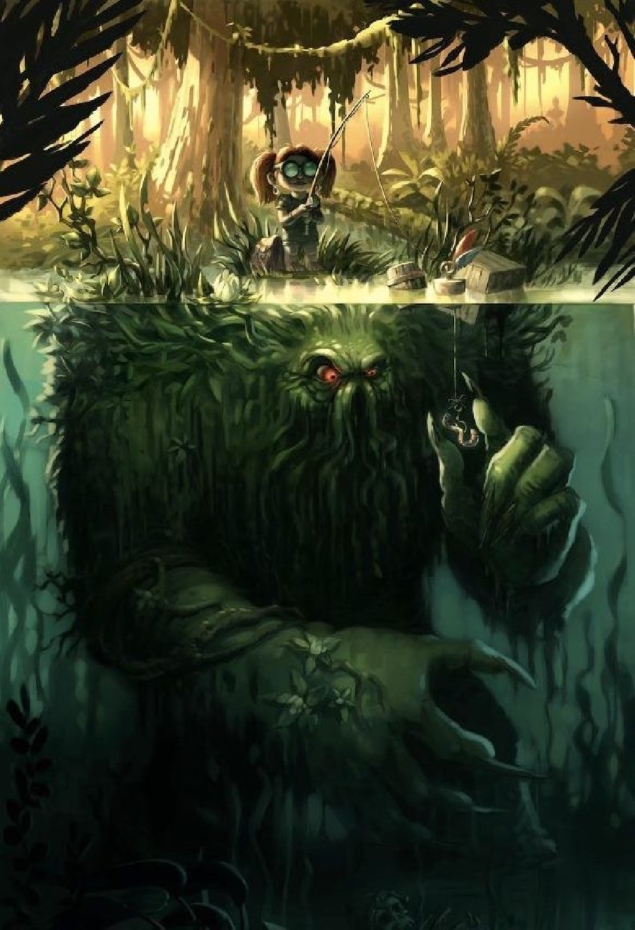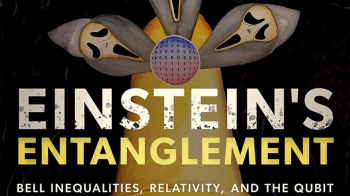Since its first revolution in the 1980s, string theory has been proposed as a framework to unify all known interactions in nature. As such, it is a perfect candidate to embed the standard models of particle physics and cosmology into a consistent theory of quantum gravity. Over the past decades, the quest to recover both models as low-energy effective field theories (EFTs) of string theory has led to many surprising results, and to the notion of a “landscape” of string solutions reproducing many key features of the universe.

Initially, the vast number of solutions led to the impression that any quantum field theory could be obtained as an EFT of string theory, hindering the predictive power of the theory. In fact, recent developments have shown that quite the opposite is true: many respectable-looking field theories become inconsistent when coupled to quantum gravity and can never be obtained as EFTs of string theory. This set is known as the “swampland” of quantum field theories. The task of the swampland programme is to determine the structure and boundaries of the swampland, and from there extract the predictive power of string theory. Over the past few years, deep connections between the swampland and a fundamental understanding of open questions in high-energy physics ranging from the hierarchy of fundamental scales to the origin and fate of the universe, have emerged.
The workshop Back to the Swamp, held at Instituto de Física Teórica UAM/CSIC in Madrid from 26 to 28 September, gathered leading experts in the field to discuss recent progress in our understanding of the swampland, as well as its implications for particle physics and cosmology. In the spirit of the two previous conferences Vistas over the Swampland and Navigating the Swampland, also hosted at IFT, the meeting featured 22 scientific talks and attracted about 100 participants.
The swampland programme has led to a series of conjectures that have sparked debate about how to connect string theory with the observed universe, especially with models of early-universe cosmology. This was reflected with several talks on the subject, ranging from new scrutiny of current proposals to obtain de Sitter vacua, which might not be consistently constructed in quantum gravity, new candidates for quintessence models that introduce a scalar field to explain the observed accelerated expansion of the universe, and scenarios where dark matter is composed of primordial black holes. Several talks covered the implications of the programme for particle physics and quantum field theories in general. Topics included axion-based proposals to solve the strong-CP problem from the viewpoint of quantum gravity, as well as how axion physics and approximate symmetries can link swampland ideas with experiment and how the mathematical concept of “tameness” could describe those quantum field theories that are compatible with quantum gravity. Progress on the proposal to characterize large field distances and field-dependent weak couplings as emergent concepts, general bounds on supersymmetric quantum field theories from consistency of axionic string worldsheet theories, and several proposals on how dispersive bound and the boostrap programme are also relevant for swampland ideas. Finally, several talks covered more formal topics, such as a sharpened formulation of the distance conjecture, new tests of the tower weak gravity conjecture, the discovery of new corners in the string theory landscape, and arguments in favour of and against Euclidean wormholes.
The new results demonstrated the intense activity in the field and highlighted several current aspects of the swampland programme. It is clear that the different proposals and conjectures driving the programme have sharpened and become more interconnected. Each year, the programme attracts more scientists working in different specialities of string theory, and proposals to connect the swampland with experiment take a larger fraction of the efforts.







